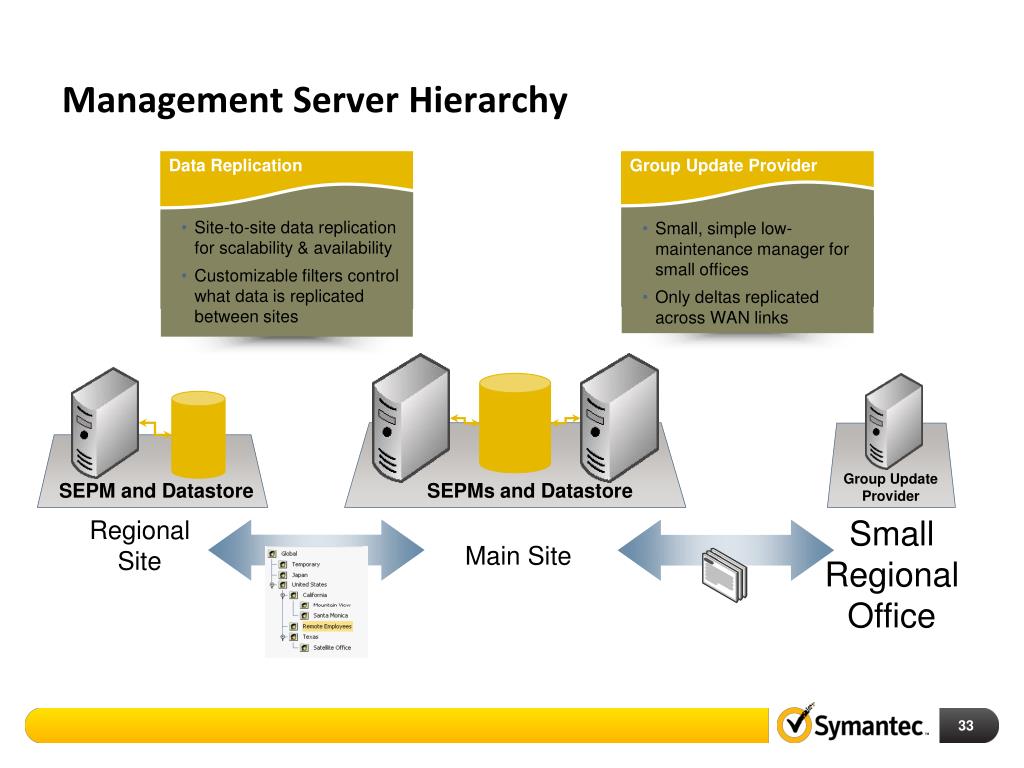


Describe the interaction between sites, domains, and groups and how to manage groups, locations, and policy inheritance.Module 3: Managing Client Architecture and Active Directory Integration Analyze client-to-SEPM communication, restore communication between clients and the SEPM, and verify that clients are online with the SEPM.Module 2: Managing Client-to Server Communication Create SEP administrator accounts and delegate administrative tasks to Limited administrators.COURSE OUTLINE Module 1: Managing Console Access and Delegating Authority

You must have working knowledge of advanced computer terminology, including TCP/IP networking terms and Internet terms, and an administrator-level knowledge of Microsoft Windows operating systems.

This course is for IT and system administration professionals who are charged with managing and monitoring Symantec Endpoint Protection endpoints. Use Rapid Release definitions to remediate a virus outbreak.Reduce bandwidth consumption using the best method to deliver content updates to clients.Analyze the content delivery system (LiveUpdate).Respond to threats using SEPM monitoring and reporting.Design and create Symantec Endpoint Protection group structures to meet the needs of your organization.Describe how the Symantec Endpoint Protection Manager (SEPM) communicates with clients and make appropriate changes as necessary.Course Objectivesīy the completion of this course, you will be able to: The Symantec Endpoint Protection 14.x: Manage and Administer course is designed for the network, IT security, and systems administration professional in a Security Operations position tasked with the day-to-day operation of the SEPM management console. Symantec Endpoint Protection 14.2: Manage and Administer Course Outline COURSE DESCRIPTION Microsoft Technical Certification (Role-based).


 0 kommentar(er)
0 kommentar(er)
